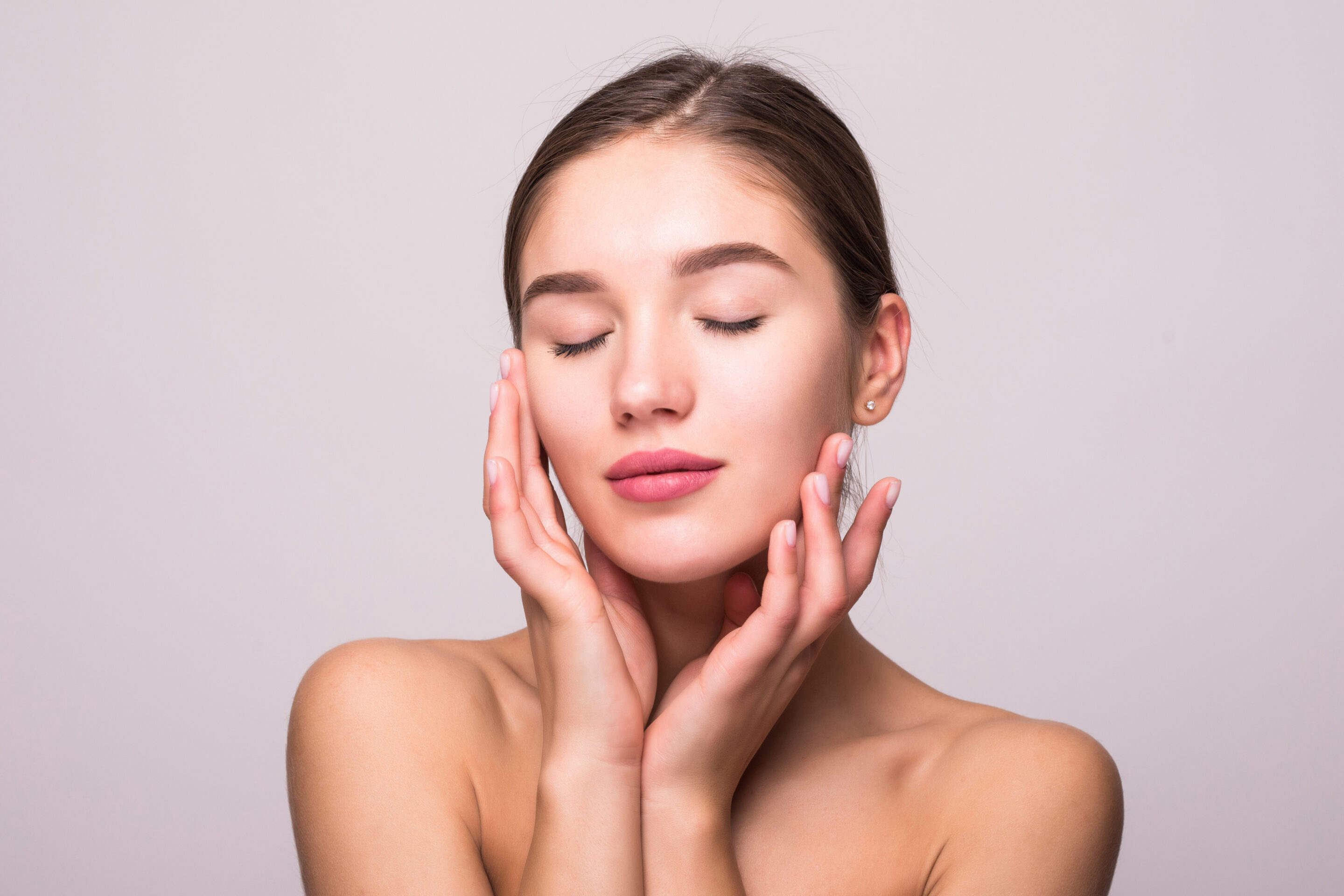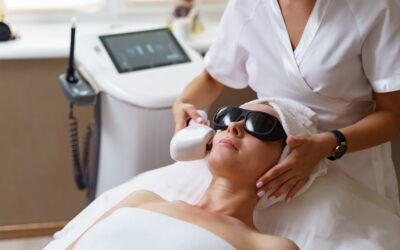Are you curious about IPL treatments? Maybe you’ve heard friends talk about their amazing results, or perhaps you’ve seen before-and-after photos online.
IPL (Intense Pulsed Light) therapy is incredibly popular for treating everything from sun damage to rosacea and giving skin back that healthy glow, but there’s a lot of confusing information out there.
That’s why we’ve put together these FAQs about IPL—to clear things up with straightforward answers to the most common questions people have about IPL treatments.
What exactly is IPL and how does it work?
IPL stands for Intense Pulsed Light. Unlike lasers that use a single wavelength (depth) of light, IPL devices release many wavelengths, similar to a photo flash.
This light goes below your skin’s surface and targets pigment in sun spots or the tiny blood vessels that cause redness.
The light converts to heat, which breaks up the pigment or closes off those small vessels. Your body then naturally removes these broken-down particles over the next 1-2 weeks.
Think of it like this: IPL is essentially using light to “speak” to specific problems in your skin while leaving surrounding tissue untouched.
How quickly will I see results from IPL?
Here’s something many clinics won’t tell you upfront: you can often see noticeable improvements after just 1-2 sessions, especially for sun damage and brown spots. Within days after your first treatment, you might notice dark spots becoming darker (this is normal and means it’s working), then flaking off within a week.
Many places will insist you need 5-6 treatments before seeing any results, but this simply isn’t true for most people. While some conditions do require multiple sessions for optimal results, many skin concerns often respond quickly.
Do I really need to buy a large package of IPL sessions?
Contrary to what many clinics suggest, you don’t always need to commit to large, expensive packages upfront. This is one of the biggest misconceptions in the industry. Many clinics push package deals because it secures your money before you even know how your skin will respond.
A more consumer-friendly approach is to start with 1-2 sessions and then evaluate your results. For some concerns like sun damage, you might be thrilled with the improvements after just 1-2 treatments. For other conditions like rosacea, you might need ongoing maintenance—but you should still see some noticeable improvement early on to confirm the treatment is working for you.
Is IPL the same as a “photofacial”?
Yes, “photofacial” is just a marketing term for IPL treatments. Some clinics create fancy names to make the treatment sound exclusive or proprietary, but they’re generally referring to standard IPL technology. Don’t let unique-sounding treatment names convince you to pay more for essentially the same service.
Why is pricing for IPL so different everywhere I look?
IPL pricing can vary wildly, and it’s not always related to quality. Some factors that legitimately affect pricing include:
- The type and age of the IPL machine (newer technology can be more effective)
- The expertise of the provider
- Your geographical location
- The size of the treatment area
However, some clinics (like Dermatologists) simply charge premium prices because they can. They create an impression of exclusivity or promise extraordinary results to justify charging several times what other reputable providers charge.
A fair price for a full-face IPL treatment typically ranges from $200-$450 per session, depending on your location. Be wary of places charging significantly more without clear justification of superior technology or expertise.
Elysian Laser charges $270 per session and often only 1-2 sessions are needed. Photos are also taken to show the improvements so that clients feel their investment was worthwhile.
How should I care for my skin after IPL?
After IPL, your skin needs gentle care. Use mild cleansers and moisturizers, and avoid harsh products with retinol or acids for at least a few days. Wearing mineral sunscreen is essential—not just for a few days afterwards, but as a lifetime habit. Sun exposure after IPL can undo your results and potentially cause new pigmentation problems.
A lesser-known tip: avoid hot showers, saunas, and strenuous exercise for 24-48 hours after treatment. The heat can increase inflammation and potentially worsen side effects like redness or swelling. Also avoid alcohol for at least 24 hours before and after the treatment as it can increase histamines, increase heat in the skin and affect the treatment outcome.
Read our article: “IPL Photofacial Before and After”
Is IPL good for Rosacea, and how long will results last?
IPL can be excellent for managing rosacea symptoms, particularly the redness and visible blood vessels. However, it’s important to understand that IPL is not a cure for rosacea. Since rosacea is a chronic inflammatory condition, triggers such as alcohol, spicy foods, sugar must be avoided, and then annual or bi-annual maintenance treatments are typically needed. This ongoing need for treatment isn’t a failure of IPL—it’s simply the nature of managing a chronic skin condition. Healthy habits and daily mineral sunscreen will greatly decrease the intervals of maintenance treatments needed.
Will IPL help with active acne?
While IPL is often marketed for acne, its effectiveness is somewhat limited for active breakouts. It can kill bacteria, and the reduce redness and inflammation associated with acne, but it cannot prevent new breakouts.
IPL is much better at treating the aftermath of acne—the red or brown marks left behind after pimples heal (post-inflammatory hyperpigmentation). For active acne, treatments like certain lasers like ND:yag, proper skincare and healthy eating habits often yield better results.
How can I tell if a clinic is giving me honest information about IPL?
A trustworthy provider will:
- Offer a consultation before recommending treatments
- Be realistic about results and not promise miracles
- Explain that results vary based on your skin type and condition
- Not pressure you into purchasing large packages upfront
- Show you real before and after photos, preferably of their own patients
- Discuss potential side effects honestly
- Have credentials displayed and be willing to discuss their training
Trust your instincts. If a provider makes promises that sound too good to be true or uses high-pressure sales tactics, consider looking elsewhere.
The bottom line on IPL treatments
IPL can be a fantastic option for improving your skin’s appearance with minimal downtime. When performed correctly, it can effectively address sun damage, certain types of pigmentation, redness, and some signs of aging. Just remember that you don’t need to spend a fortune or commit to extensive packages to see if it works for you.
With the right provider and realistic expectations, IPL can be a valuable tool in your skincare journey.




